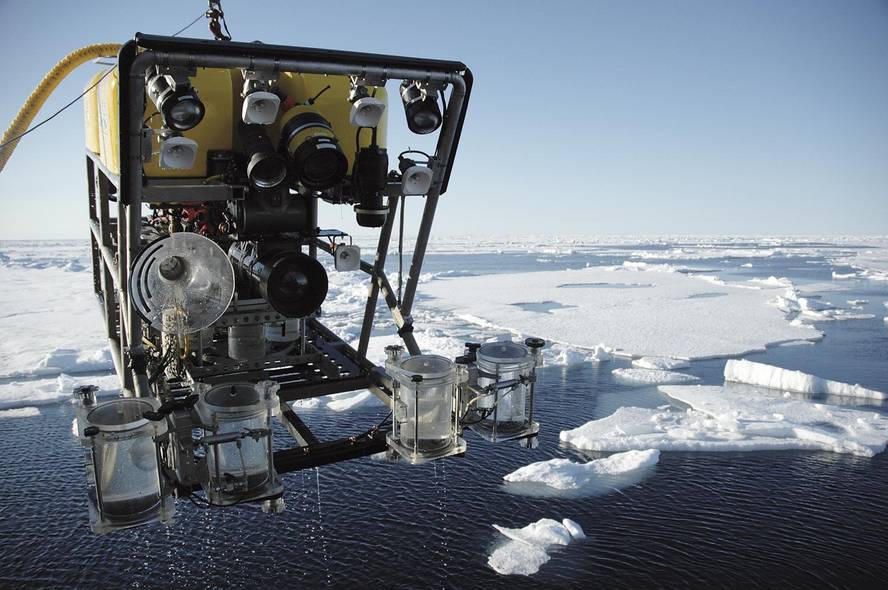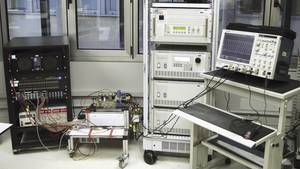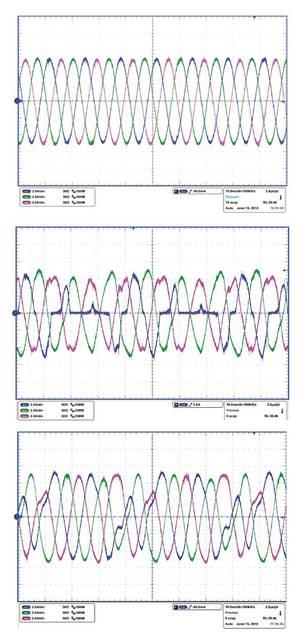Trying to control electrical energy

Electronic words of power and power converters are likely to deter little. However, we must highlight the importance of this technology in the different applications that surround us. Examples of these applications are generation systems based on renewable energies (windmills, photovoltaic systems, etc. ). ), propulsive machines, electric and hybrid trains and vehicles. Failure of power converter components is sometimes possible, endangering system integrity. In this sense, the research group of the School of Engineering of the UPV-EHU in applied electronics APERT has investigated the operation of power matrix converters to address this problem. The result of this research work has been the author's doctoral thesis.
Power converters are built by interconnecting electronic devices that act as switches, constructed by combining semiconductor devices, in order to transform electrical energy in a controlled manner. To meet this goal it is necessary to properly control the switching on and off periods. This allows to control the position, speed, electromagnetic moment, etc. electrical machines that are frequently connected to power converter outputs.
In power converters we can differentiate different topologies depending on the configuration of the switches. Rectifiers and inverters are currently one of the most mature and well-known topologies. However, the thesis has studied in depth the power converter known as matrix converter (MC, Matrix Converter). This converter has special features, and as this technology develops, its use can be extended considerably. The following features allow you to use the MC in very special applications.
Power matrix converter in special critical applications
Alternating power conversion (AC/AC) is required in several industrial applications. For example, this conversion is done to adapt to the grid the electrical energy generated in the generator of a windmill. In this sense, the MC is a special converter that performs AC/AC power conversion. Conventional AC/AC power converters perform two-stage conversion: alternating to continuous (AC/DC), first and continuous to alternating (DC/AC), then. Virtually all conventional power converters have a common feature: they have one or more capacitors between conversion stages. These capacitors usually have a high weight and volume and are very sensitive to temperature and pressure. In addition, they are expensive and age fast.

On the contrary, the MC directly perform the AC/AC conversion, so they do not have capacitors halfway. This technology allows to overcome to a large extent the disadvantages arising from the use of large electrolytic capacitors. However, the complexity of CMs is very high compared to conventional converters. In normal applications it is very difficult to replace MC with other power converters, but in special applications where volume, weight and pressure are factors to consider, it is a very competitive converter.
Today, aeronautical engineers and researchers, such as the systems used for aircraft flap, are seriously working on replacing heavy hydraulic systems with electrical systems. Considering the small weight and volume of the MC, it can be said that this converter can be a very suitable candidate for these applications.
MCs can also be used in remote control submarines. Power converters are used to power electric machines that move these submarines and power lighting systems, among others. These submarines are designed to work at depths of up to four thousand meters, which leads them to withstand very high pressures. Conventional power converters have major operating problems under these conditions.
The use of these submarines is widespread today. These submarines, for example, are used for repairs in oil wells, to install transoceanic telecommunications networks or for oceanographic research. For example, submarines of this type were used to study the volcano that emerged near the island of El Hierro.
The applications mentioned have a common feature: their reliability is a critical factor. In other words, in these applications it is necessary to ensure a continuous operation of the systems, although one of the components of the systems used fails. Therefore, including power converters, the system must be fault tolerant.

It is considered that a system is fault-tolerant when such a system is capable of responding to failures, that is, it maintains the minimum functionalities necessary to continue working in case of failure. These minimal functionalities to maintain are defined according to the application. For example, in the case of underwater liropus used in El Hierro and several similar oceanographic research submarines, it is important that the system has the capacity to return to the surface, although the power systems that move the submarine fail. Keep in mind that these submarines are really expensive (the Liropus submarine has had a cost of 1.450.000 euros).
If you want to use the advantages offered by the MC in these applications, it is necessary to improve the fault tolerance of this converter. In this sense, the aforementioned doctoral thesis proposed new solutions tolerant to failures for the MC.
New fault tolerant power matrix converter
The MC has a very high number of switches. Consequently, the switches have very high possibilities of having fault sources, as well as the drivers responsible for their activation and deactivation, used to excite the semiconductor devices that form the switches. In this sense, a switch is in open circuit when the corresponding drivers fail (that is, this switch cannot be activated). In addition to worsening the operating level of the system, if not acted, these failure states jeopardize the integrity of the system by overvoltages in the converter.
The doctoral thesis proposes a new strategy tolerant of failures with capacity to respond to this type of faults. On the one hand, a new detection algorithm has been proposed that determines the failed component. On the other hand, a new control algorithm has been proposed that protects the converter from overvoltages and significantly improves the operating level of the system.

A complex experimental platform has been built in the research laboratory to validate the new algorithm. The results obtained show that this new control algorithm allows a correct functioning of the system to exit the risk situation (the speed control presents a small error in a wide zone of speeds). The proposed solution can be a breakthrough in expanding the use of MC in special critical applications.
Bibliography
Acknowledgements
This research was funded by the University of the Basque Country through the 2007-2011 fellowship 2007-2011.





